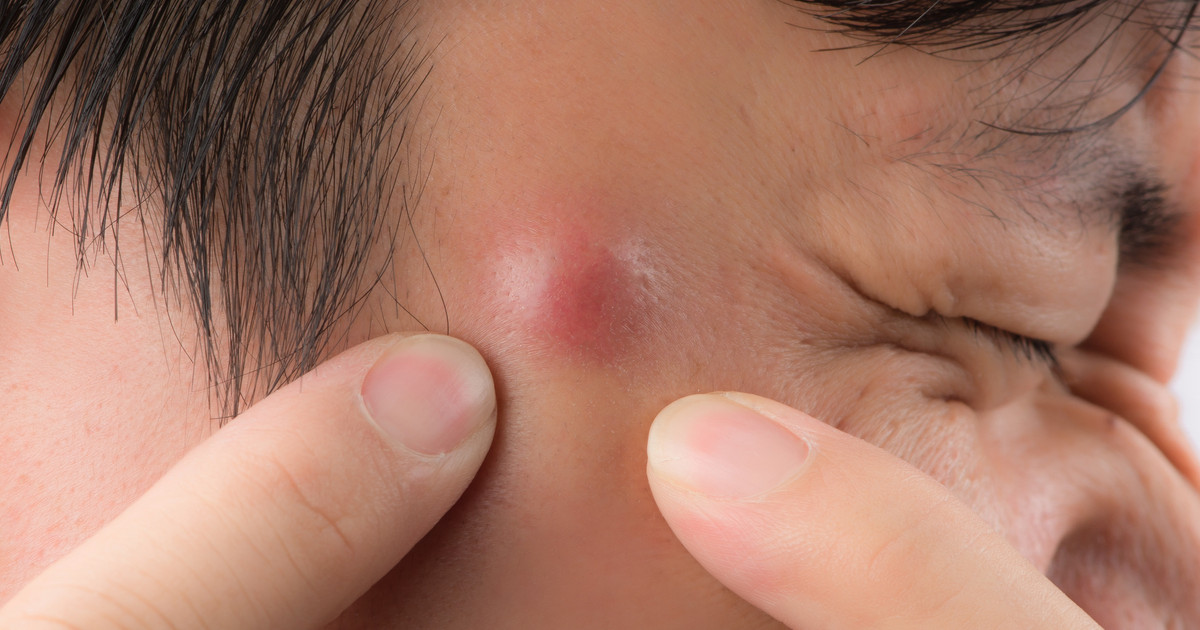Guide To Dapsone (Aczone)
Dapsone is part of a group of medicines called sulfones. It is available by prescription. The medication was first used for the treatment of leprosy in the 1940s. Typically, patients with acne are prescribed the topical form. Individuals with leprosy or dermatitis herpetiformis take it orally. The standard daily dose for tuberculoid leprosy is one hundred milligrams. Patients will need to take it for up to six months. Individuals with dermatitis herpetiformis begin on a dose of fifty milligrams daily. The dose may reach up to three hundred milligrams. Generally, these patients must continue to take dapsone for the rest of their lives. Patients will need regular monitoring and laboratory tests during their treatment.
As mentioned, topical dapsone is a common prescription acne treatment. Doctors also prescribe it as a leprosy treatment for certain forms. When used for acne, patients often apply it as a topical cream. However, there are other antibiotics for acne, both topical and oral antibiotics. Patients may need to take oral dapsone with other medications to prevent antibiotic resistance. Ultimately, it is vital to understand how this medication works before taking it.
How It Works

Dapsone, which can be sold as Aczone, is a sulfone antibiotic. It stops bacteria growth by blocking the synthesis of dihydrofolic acid, a vitamin B9 derivative. The synthesis is blocked through the creation of competition with PABA. Dapsone is also an anti-inflammatory medication. It blocks the action of an enzyme called myeloperoxidase. The blockage means that hypochlorous acid cannot accumulate in the body. This mechanism reduces the tissue damage that occurs as a result of inflammation. Some researchers believe that this blockage may also reduce the inflammation associated with neurodegenerative conditions. Examples include strokes and Alzheimer's disease.
Continue reading to uncover information on the uses and benefits of this medication next.
Uses And Benefits

Adults and children frequently take the oral form of this medication for dermatitis herpetiformis and leprosy. It can treat both lepromatous and tuberculoid forms of leprosy. This antibiotic may be taken with other medicines to treat Hansen's disease. It also helps in the treatment of malaria and pneumocystis pneumonia. Doctors may prescribe it as prophylaxis for cases of toxoplasmosis. Patients may use a topical formulation to treat acne.
Most conditions require it to be used in combination with other medicines. For example, patients with tuberculoid leprosy use it with rifampin to reduce the risk of developing resistance to dapsone. This antibiotic is often used with trimethoprim to treat pneumocystis pneumonia.
Discover the potential medication side effects next.
